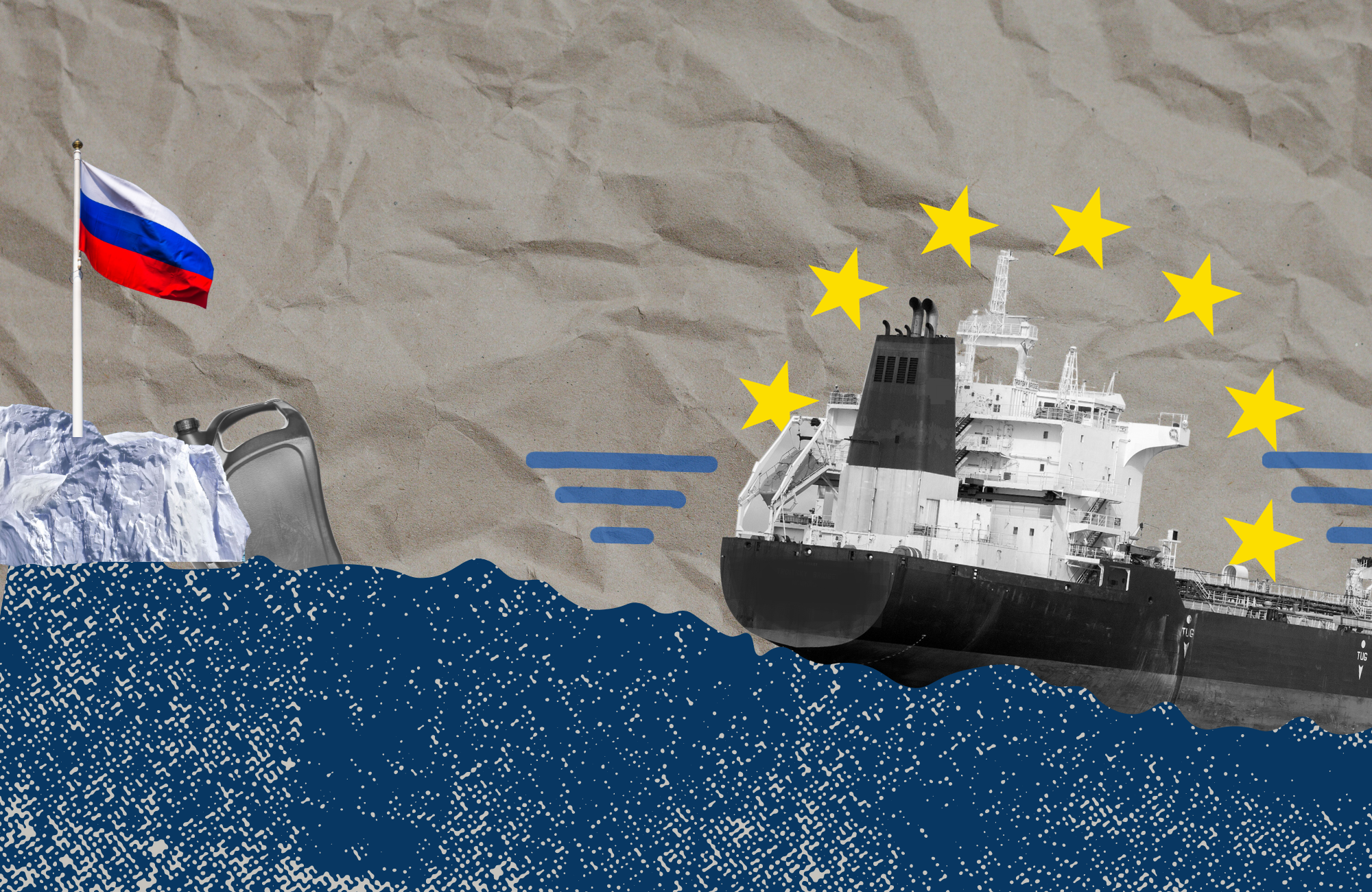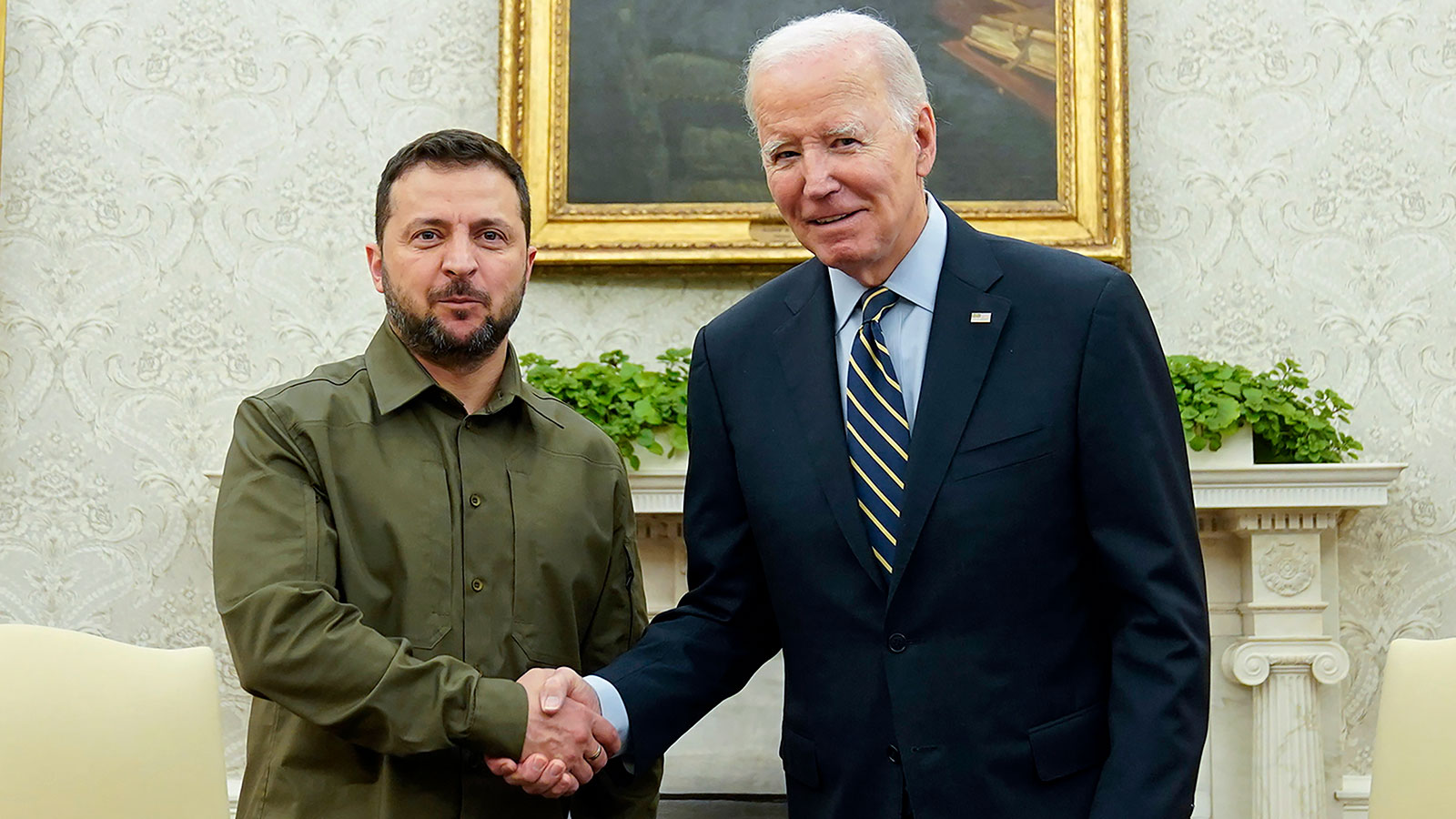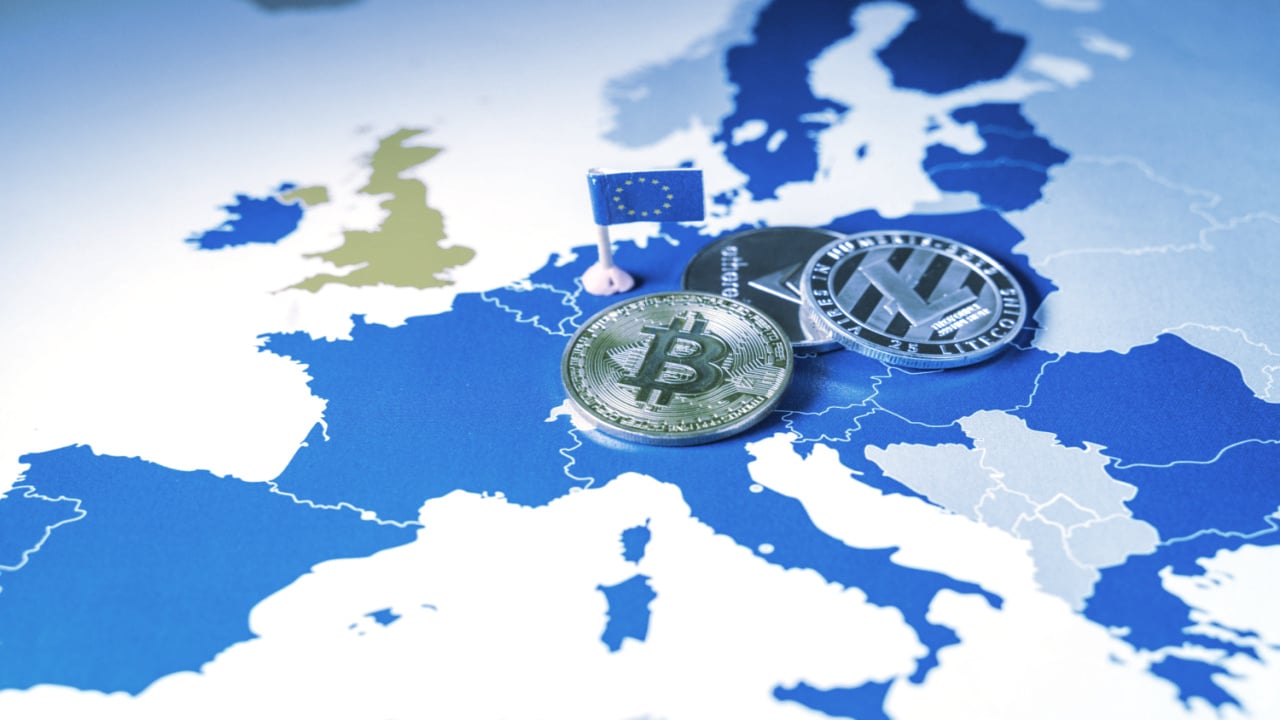Ghost trade: How Russia imports Mercedes Benz cars despite sanctions
Moscow is following Chinese and North Korean tactics to continue bringing in European goods and machinery, despite the sanctions imposed on it by the West. Agathe Demarais, a member of the European Council on Foreign Relations (ECFR), believes that the Kremlin has taken inspiration from countries like North Korea, Iran, and China to shield itself from Western sanctions. Russia has been using techniques similar to North Korea’s methods of disguising ships and manipulating automatic ship tracking systems. They have become experts in importing coal and oil under the table, which Russia currently utilizes.
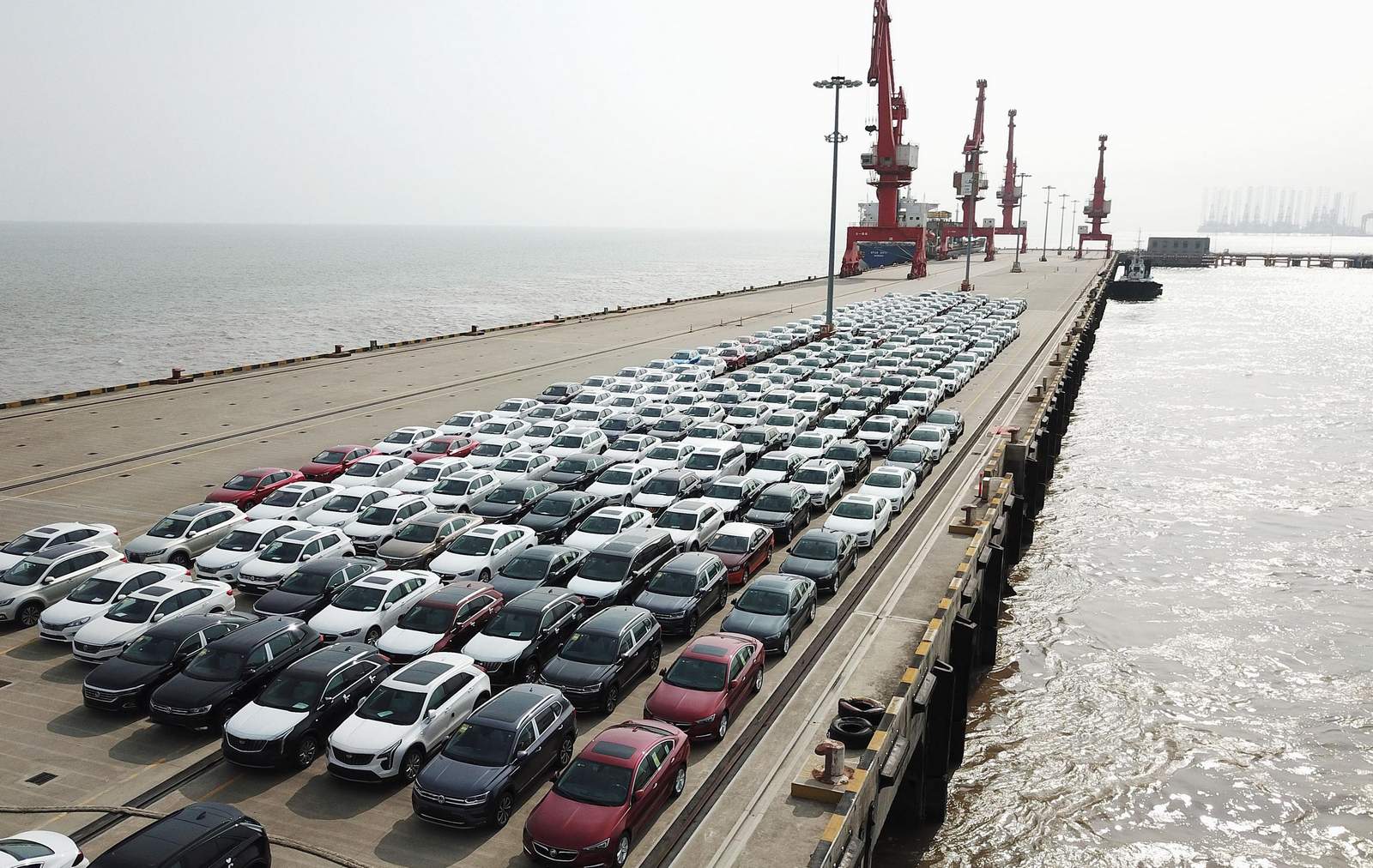
The KSE Institute has estimated that Russia has managed to circumvent oil sanctions through a “dark fleet” comprising approximately 156 tankers that travel without the required protection and indemnity insurance, which is mandatory in most Western seaports. Andreas Hilgenstock from the KSE Institute stated that they suspect Russia has found alternative sea routes, such as utilizing Chinese ports that do not require this insurance.
According to Demarais, Russia and Iran have been diversifying their trade routes in response to international sanctions. Since the year 2000, Tehran and Moscow have been working on the development of the International North-South Transport Corridor, which serves as an alternative trade route.
Moscow’s test launch of the new digital ruble, inspired by China’s digital yuan, could potentially render Western sanctions ineffective if successfully integrated into the international market. China has been leading the way in alternative payment methods, with tens of millions of users utilizing the Central Bank of China-controlled currency, which offers extensive tracking capabilities.
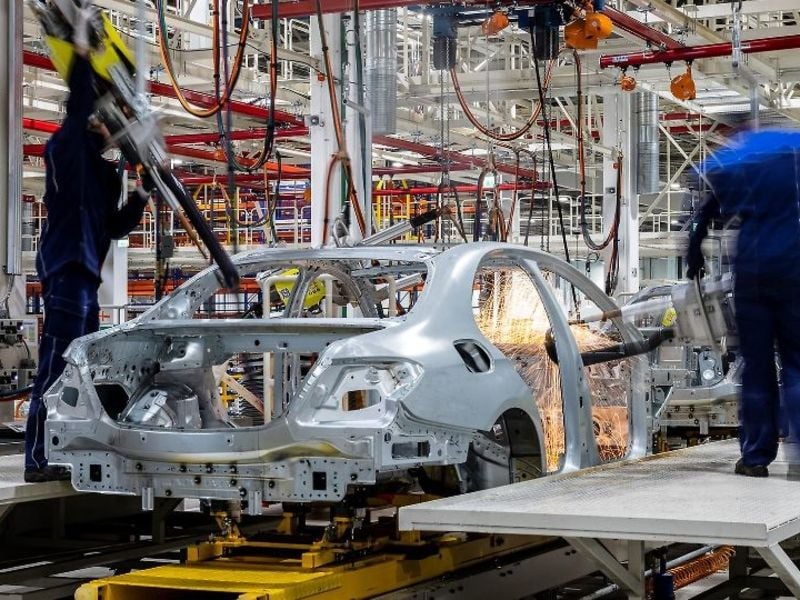
Tactics for dodging the West
In order to bypass the sanctions imposed on it by the West, Russia has adopted various tactics inspired by other countries like North Korea, Iran, and China. By learning from North Korea’s methods of disguising ships and manipulating automatic ship tracking systems, Russia has become adept at importing coal and oil without detection.
Additionally, Russia has developed a “dark fleet” of around 156 tankers that travel without the necessary protection and indemnity insurance, which is a requirement in most Western seaports. By utilizing alternative sea routes, particularly through Chinese ports that do not demand this insurance, Russia manages to avoid the restrictions imposed by the sanctions.
Furthermore, Russia and Iran have been strategically diversifying their trade routes in response to international sanctions. For over two decades, Tehran and Moscow have been collaborating on the construction of the International North-South Transport Corridor, which serves as an alternative trade route that bypasses the inhibitions created by the sanctions.
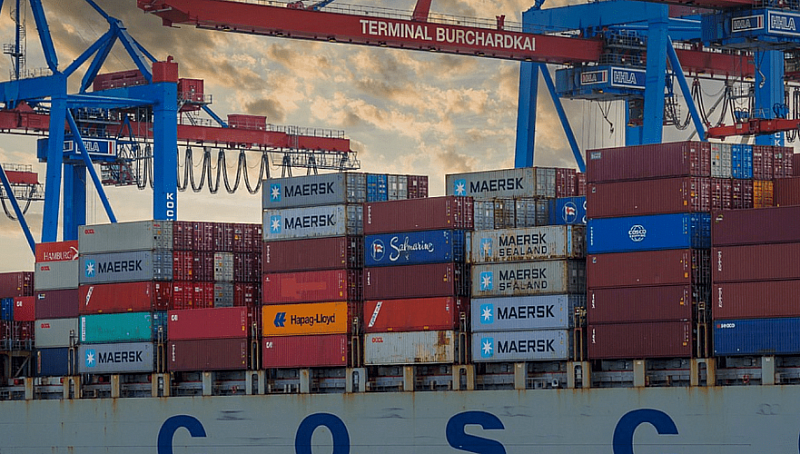
The rise of digital currency and its impact on sanctions
Moscow’s test launch of the digital ruble, inspired by China’s successful implementation of the digital yuan, could potentially undermine the effectiveness of Western sanctions. China has led the way in adopting alternative payment methods, with millions of users employing the Central Bank of China-controlled currency, which possesses advanced tracking capabilities.

If Moscow succeeds in linking the digital ruble to the international market, it could render Western sanctions obsolete, as transactions become more difficult to track and control. By utilizing alternative payment systems, Russia can bypass the traditional financial channels controlled by the West and establish its own economic network. The development and integration of the digital ruble could provide Moscow with a significant advantage in terms of economic autonomy and resilience in the face of Western sanctions. By adopting similar tactics to China and other countries that have successfully evaded Western restrictions, Russia demonstrates its determination to maintain its access to European goods and machinery.
